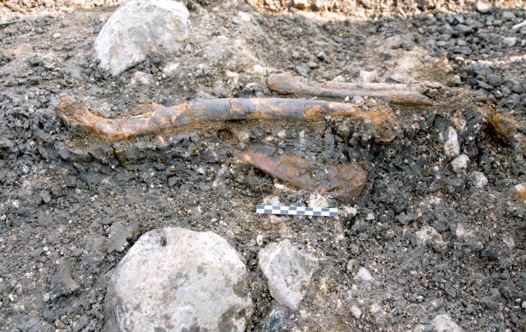The Neanderthal lifestyle: archeological insights from Valencia
The Los Aljezares open-air site is "rich in lithic, faunal and archaeobotanical materials, and well-dated in time."
 The lower limbs of a Neanderthal analyzed(photo credit: ERELLA HOVERS/THE HEBREW UNIVERSITY OF JERUSALEM)Updated:
The lower limbs of a Neanderthal analyzed(photo credit: ERELLA HOVERS/THE HEBREW UNIVERSITY OF JERUSALEM)Updated: